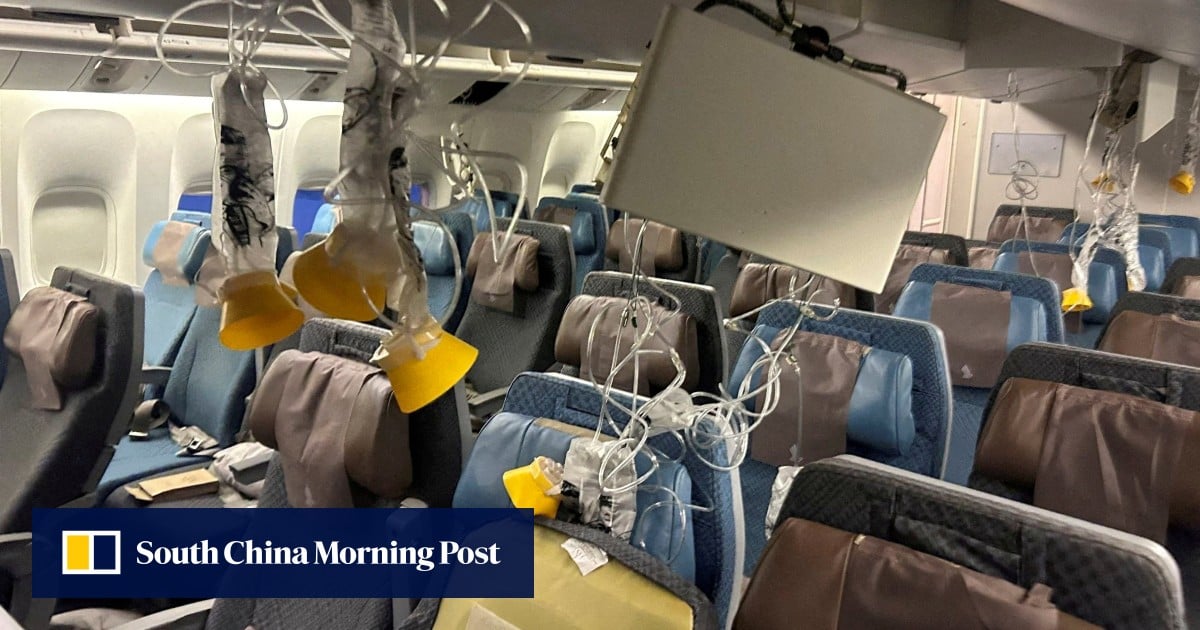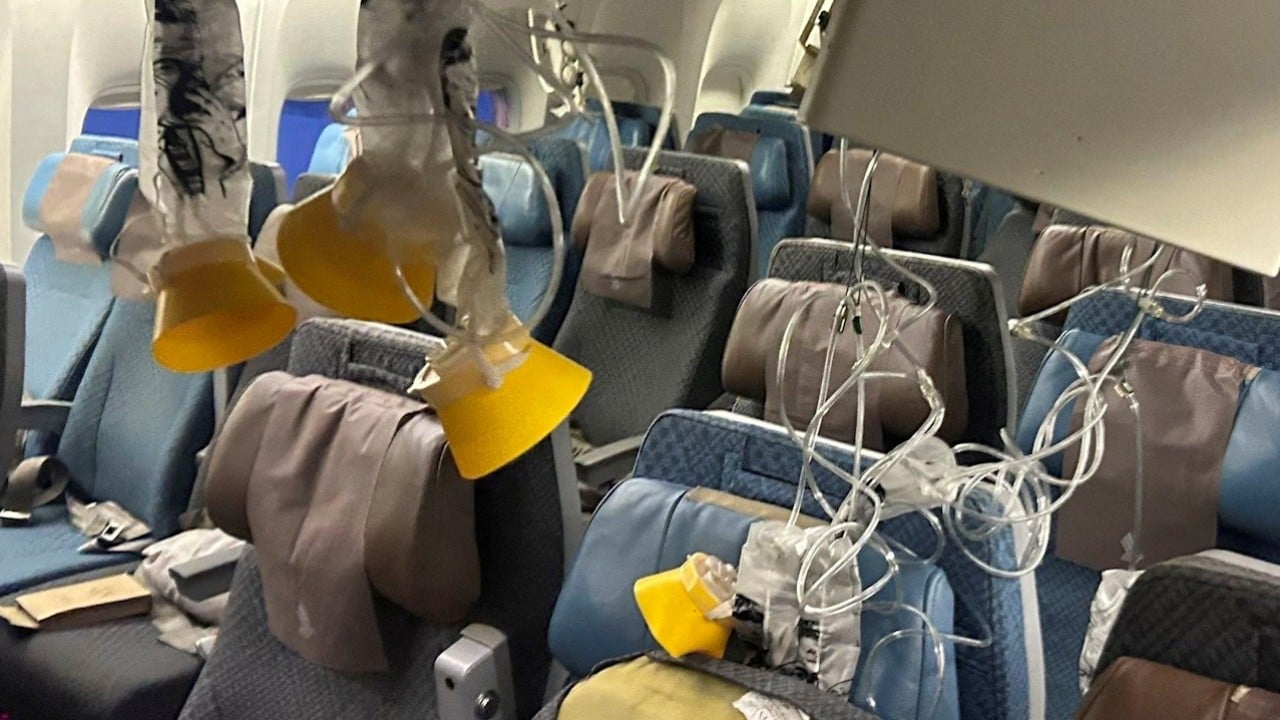While aviation experts say that flying remains among the safest forms of travel, some service providers said they have seen a spike in people seeking to address this fear.
On May 21, SQ321 was on the way from London to Singapore when it encountered extreme turbulence over the Irrawaddy Basin in Myanmar.
One passenger – a 73-year-old British man – died and dozens were injured, resulting in an emergency diversion of the plane to Bangkok.
Interviews with SQ321 passengers painted a harrowing scene. Those who were unbelted flew out of their seats and onto the ceiling of the plane, before slamming back down. Others described the experience as akin to riding a roller coaster.
Specialist psychology clinic Psych Connect used to receive a query about aerophobia once every few months, but now gets at least two enquiries daily.
The clinic’s founder, Dr Sanveen Kang, said that the Qatar Airways incident was a “double whammy” for people who thought SQ321 was a rare event.
She added: “I think the timing of these two events is also quite notable because they’re right before the holidays with the local schools, and with the international schools, they are [going] for summer break. So people have been travelling for two to three months.”
Because of Singapore’s limited geographical landscape, many leave the country for holidays as well, she noted.
“We don’t have the opportunity, apart from some of the surrounding regions, to get on a boat and go on holiday. If we want to leave Singapore and experience other cultures, we are very limited by flying,” Kang added.
Even if people were not on the affected flights, they could be developing aerophobia after listening to passengers’ accounts and reading about the challenges they faced, Kang pointed out.
“It is a reinforcer for those who are predisposed to such anxieties,” she said.
When people talk to their friends and family members about such incidents and their fears, this normalises such anxiety as well, added Kang.
Therapist Siti Mariam said someone could have an “anxious personality” or “have certain fears about certain things” that may not be extreme.
She added: “Then, when you hear something like this, it may remind you of your own mortality, for example, or you realise that if you’re going to be exposed to such a situation, you have very little control over what’s going to happen.
“That can create a lot of anxieties, which then can develop into our phobia.”
Aerophobia affects about 5 per cent of the general population. It results in several symptoms, including headaches, sickness, heart palpitations or even sweating.
As for whether some find it difficult to seek help due to societal taboos, Kang said aerophobia is an “isolating” disorder that can elicit a sense of shame due to how normalised flying has become.
“There is a sense of regret. People lose out on experiences,” she added.
“They might not be making it to meetings or work-related events that they have to [attend], so they’re not being promoted as quickly as they would like. They’re missing out on family events or not being able to do the things that they want.”
Since the two turbulence incidents, aviation experts have maintained that turbulence resulting in serious injuries and deaths are extremely rare.
Meanwhile, according to the latest data from the International Air Transport Association, 2023 ranked among the safest years in aviation. Just one flight resulted in fatalities out of about 37 million flights.
Still, this is not enough for some to regain their confidence in flying.
Therapists like Siti said that the condition can be overcome. They use various techniques like talking through the fear, and even using art to help clients deal with their phobia.
Siti, principal therapist at Private Space Medical, said that those suffering from aerophobia could experience symptoms even just from hearing conversations about travelling.
“If you do know someone who may have aerophobia, the last thing you want to do is to minimise their fears,” she added.
“I think [it’s] best to just be present – just listen and hear how it is impacting them and how they’re trying to manage and cope.”
Kang suggested relaxation strategies, as well as breathing exercises and distraction techniques.
“But if these fears are a lot more prevalent, and one is experiencing maladaptive thoughts – they buy into the catastrophe, they buy into the overestimation of danger – they’re likely to need more than quick fixes,” she said.
Siti said that professional mental health support could also be of assistance, but she cautioned that social support remains important even with professional help.
“Be understanding and give them space if you’re able to; allow them that space to be able to talk, or even if they do not want to talk, just stay with them,” she added.


